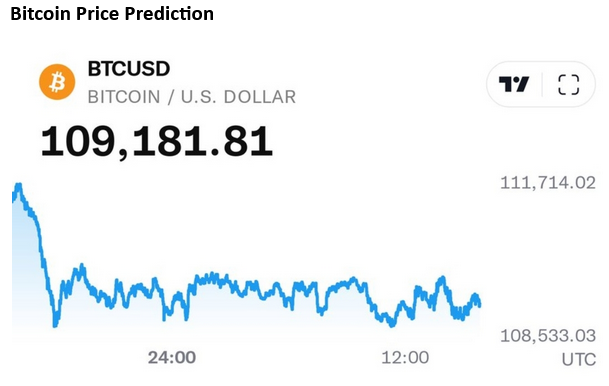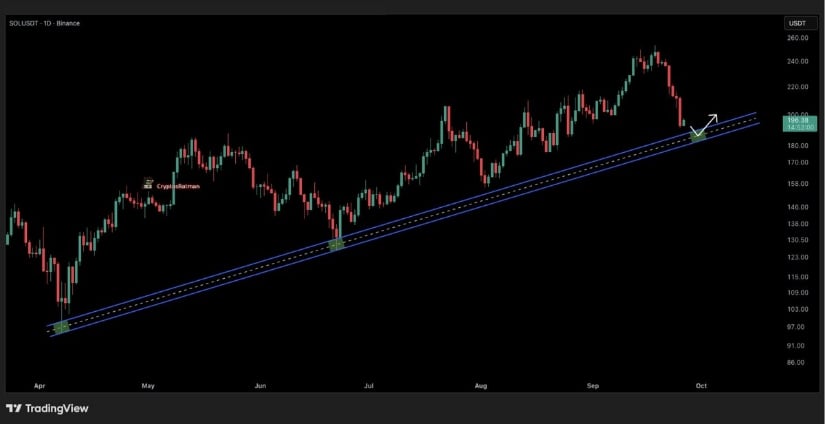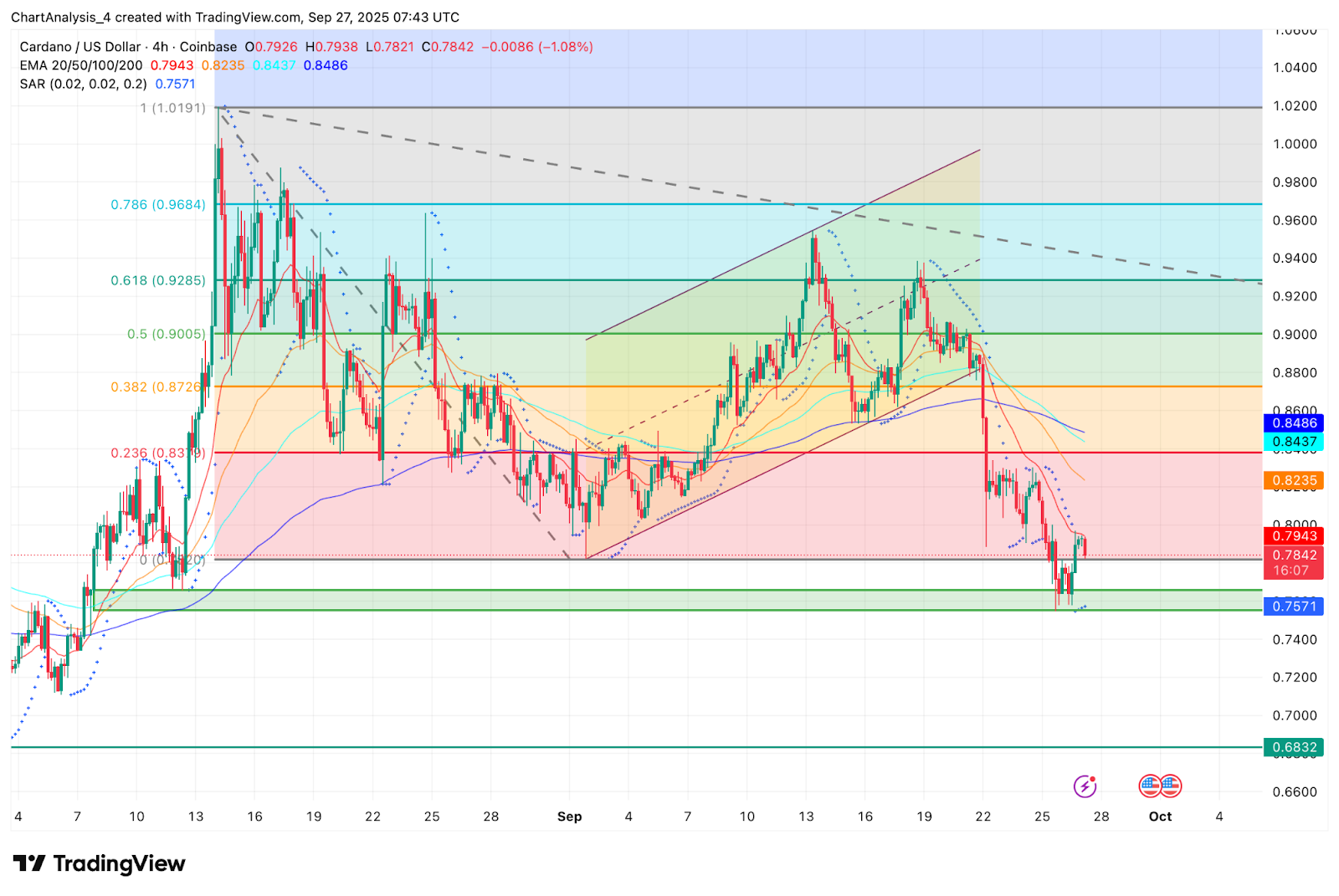A Strategic Catalyst for Multichain DApp Growth
The Ethereum Virtual Machine (EVM) ecosystem remains a cornerstone of decentralized application (dApp) innovation, yet its fragmentation—spanning competing Layer 2 (L2) solutions, divergent developer tooling, and interoperability challenges—has long hindered scalable adoption. Apex Fusion’s recent integration of its EVM-compatible L2 chain, Nexus, with Tenderly’s full-stack infrastructure and developer tools marks a pivotal step in addressing these systemic bottlenecks. By combining Nexus’s high-performance architecture with Tenderly’s enterprise-grade tooling, the partnership not only bridges the UTXO and EVM paradigms but also positions itself as a strategic catalyst for infrastructure-driven value capture in a fractured multichain landscape.
A Tri-Chain Vision: Bridging EVM and UTXO Paradigms
Apex Fusion’s tri-chain architecture—comprising Prime (L1 backbone), Vector (UTXO L2), and Nexus (EVM L2)—is designed to unify disparate blockchain ecosystems under a single interoperable framework. Nexus, built on Polygon Edge, offers EVM compatibility with sub-$1 transaction fees and 1-second finality, while Reactor, a bidirectional bridge, ensures seamless asset and data flow between Vector and Nexus, anchoring both to Prime’s security layer [1]. This design directly addresses the scalability and cost inefficiencies that have plagued EVM-based dApps, particularly in DeFi and gaming, where high gas fees and slow finality have historically deterred mass adoption.
The integration with Tenderly amplifies this value proposition. Developers now gain access to Virtual TestNets, real-time on-chain monitoring, and transaction simulation tools, which streamline the development lifecycle and reduce deployment risks [1]. By appearing as a “fully supported EVM chain” within Tenderly’s environment, Nexus taps into the platform’s 100,000+ developer community, accelerating its adoption curve. Ivan Bjelajac, CEO of the Apex Fusion Foundation, emphasized that this partnership equips developers to “build confidently and scale globally,” a critical advantage in a market where tooling quality often dictates project success [1].
Infrastructure-Driven Value Capture in a Fragmented EVM Ecosystem
The economic value of blockchain infrastructure lies in its ability to reduce friction across development, deployment, and user interaction. Nexus and Tenderly’s collaboration exemplifies this by addressing three key pain points:
1. Developer Experience: Tenderly’s tools cut debugging and testing time by up to 70%, according to internal metrics, enabling faster iteration cycles [1].
2. Interoperability: Reactor’s cross-chain capabilities eliminate the need for external bridges, reducing security risks and operational overhead for multichain dApps [1].
3. Scalability: Nexus’s 10,000 TPS throughput and low fees make it viable for enterprise-grade applications, a stark contrast to Ethereum’s 15 TPS and $50+ gas spikes [2].
These improvements align with broader industry trends. Ethereum’s L2 rollups processed 2.4 billion transactions in 2024, underscoring demand for scalable solutions [3]. Nexus’s early traction—30+ projects adopting its testnet—suggests strong developer interest, particularly in DeFi and institutional use cases [2]. By capturing a share of this growing market, Apex Fusion and Tenderly are positioning themselves to monetize infrastructure through transaction fees, tooling subscriptions, and enterprise partnerships.
Market Adoption and Long-Term Implications
While specific revenue figures remain undisclosed, the partnership’s strategic value is evident in its market positioning. Nexus’s integration with Tenderly’s tools lowers the barrier for EVM developers to experiment with UTXO-based chains like Vector, fostering cross-ecosystem innovation. This is critical in a landscape where interoperability—rather than isolated chains—will define long-term value.
Moreover, the partnership aligns with institutional onboarding trends. As of 2025, 68% of institutional investors prioritize blockchains with robust developer ecosystems and low operational complexity [3]. Nexus’s enterprise-grade features—such as deterministic finality and modular smart contract templates—directly cater to this demand, potentially unlocking capital from traditional finance players.
Challenges and Risks
Despite its promise, the Nexus-Tenderly model faces headwinds. The EVM ecosystem’s fragmentation persists, with competing L2s like Starknet and Arbitrum vying for developer mindshare. Additionally, regulatory scrutiny of cross-chain bridges and oracle systems could introduce compliance complexities. However, Apex Fusion’s focus on security—via Prime’s UTXO-based consensus and Tenderly’s audit tools—mitigates some of these risks.
Conclusion
Apex Fusion’s Nexus and Tenderly partnership represents a compelling case study in infrastructure-driven value capture. By harmonizing EVM and UTXO ecosystems, the collaboration addresses scalability, developer experience, and interoperability—three pillars of sustainable dApp growth. As the EVM landscape matures, projects that prioritize infrastructure innovation—like Nexus—will likely dominate, capturing both developer and user value in a fragmented market. For investors, this partnership underscores the importance of backing infrastructure that bridges technical silos, a necessity in the race to define Web3’s next phase.
Source:
[1] Apex Fusion Strengthens EVM Ecosystem with Nexus and Tenderly Partnership, [https://www.theblock.co/press-releases/369532/apex-fusion-strengthens-evm-ecosystem-with-nexus-and-tenderly-partnership][2] Integration of Apex Fusion’s Nexus Blockchain with Tenderly’s Infrastructure, [https://www.tekedia.com/integration-of-apex-fusions-nexus-blockchain-with-tenderlys-infrastructure-and-dev-toolkit][3] The State of Web3 Industry Industry Report, [https://www.slideshare.net/slideshow/the-state-of-web3-industry-industry-report/280419362]
Source link
Written by : Editorial team of BIPNs
Main team of content of bipns.com. Any type of content should be approved by us.
Share this article:









